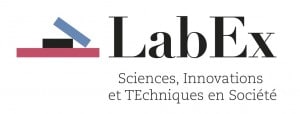Abstract
Supramolecular chemistry (SMC), at the interface between chemistry, physics and biology, is a research domain which has grown considerably in the last 40 years. Jean-Marie Lehn was the first to lay its foundations and formalise its concepts, in a seminal article published in 1978. This work earned him the 1987 Nobel Prize for Chemistry, which he shared with Charles J. Pedersen (DuPont) and Donald J. Cram (UCLA). The development of SMC has led to the creation of a dedicated institute and a new building on the university campus. In this chapter, the emergence of supramolecular chemistry as a paradigm and research speciality at the University of Strasbourg (France) is reconstructed with a focus on Lehn's central role in this process, proposing a three-period chronology based on Mullins' sequential model (1972). It is furthermore argued that the creation of a physical space, with particular architecture and functions, has also played a key role in consolidating what is now called the ``Strasbourg's chemistry''. The (multi)disciplinary character of SMC is discussed in reference to the concept of ``new disciplinarity'' put forward by Marcovich and Shinn (Soc Sci Inf 50(3--4):582--6062011, Toward a new dimension: exploring the nanoscale. Oxford University Press, Oxford, 2014).
See all documents refering Cortext Manager






